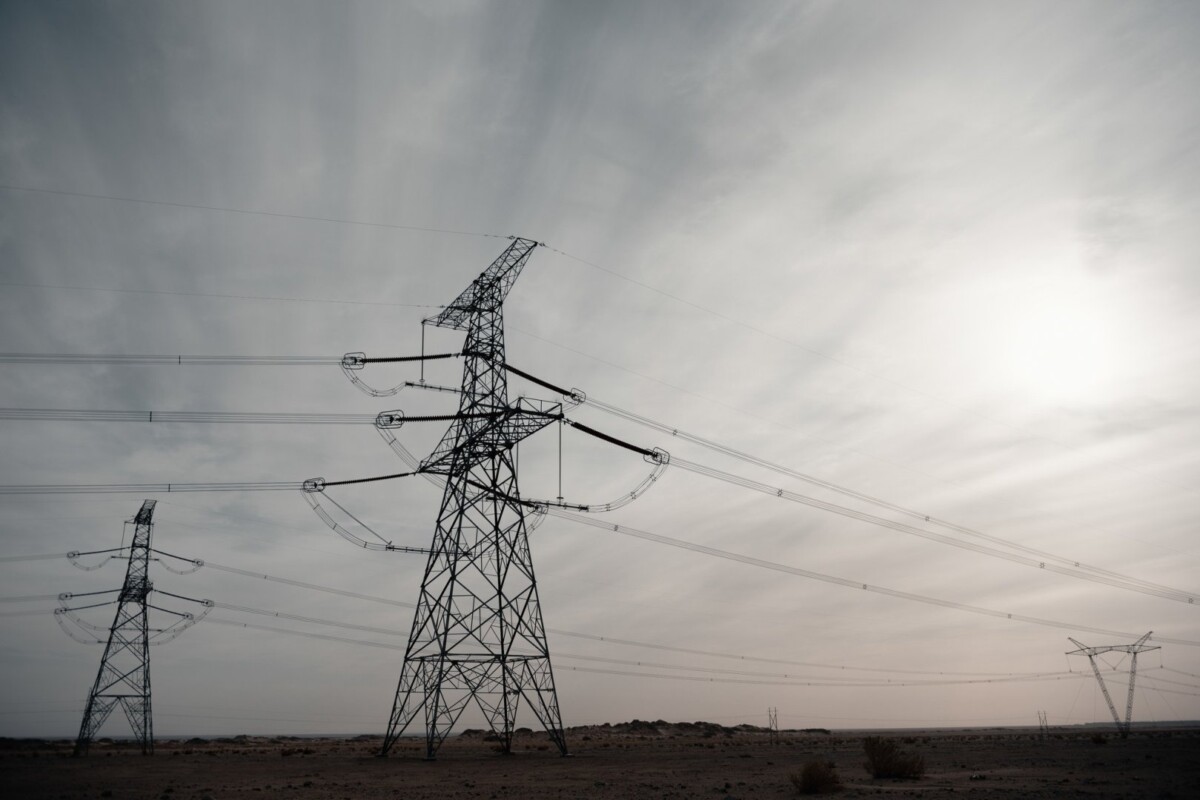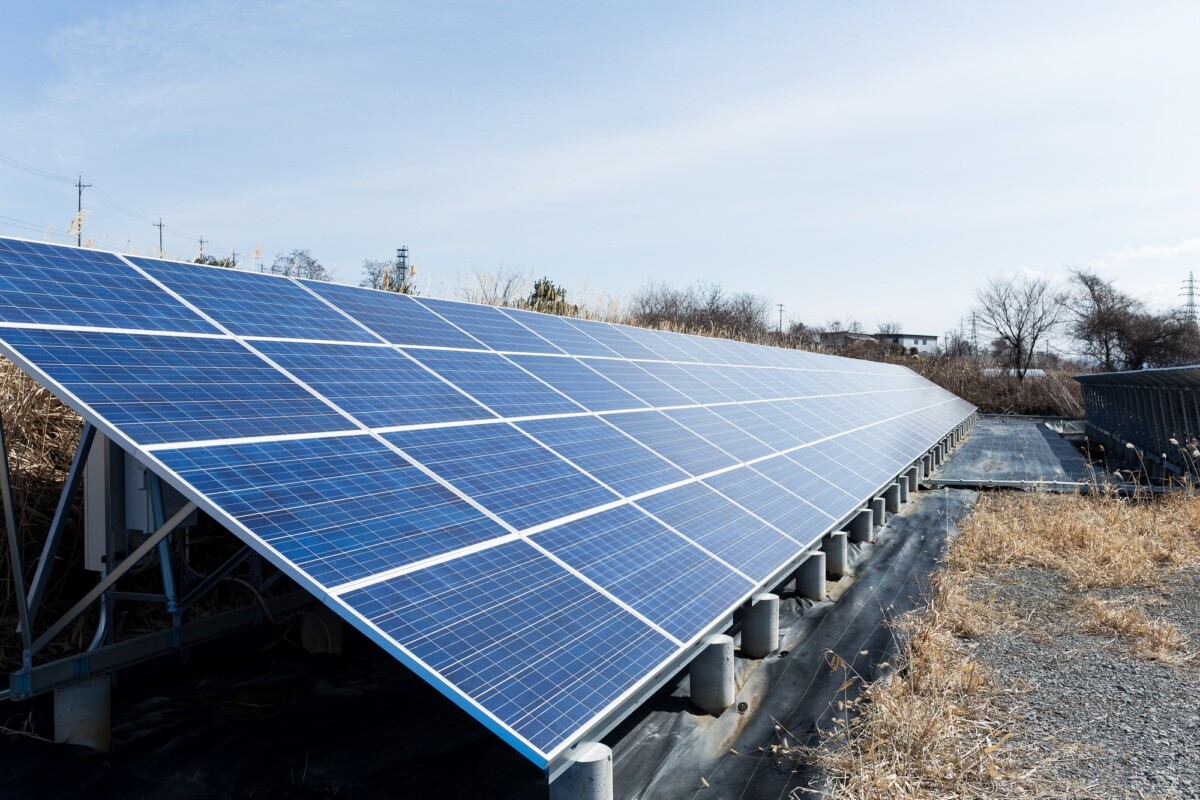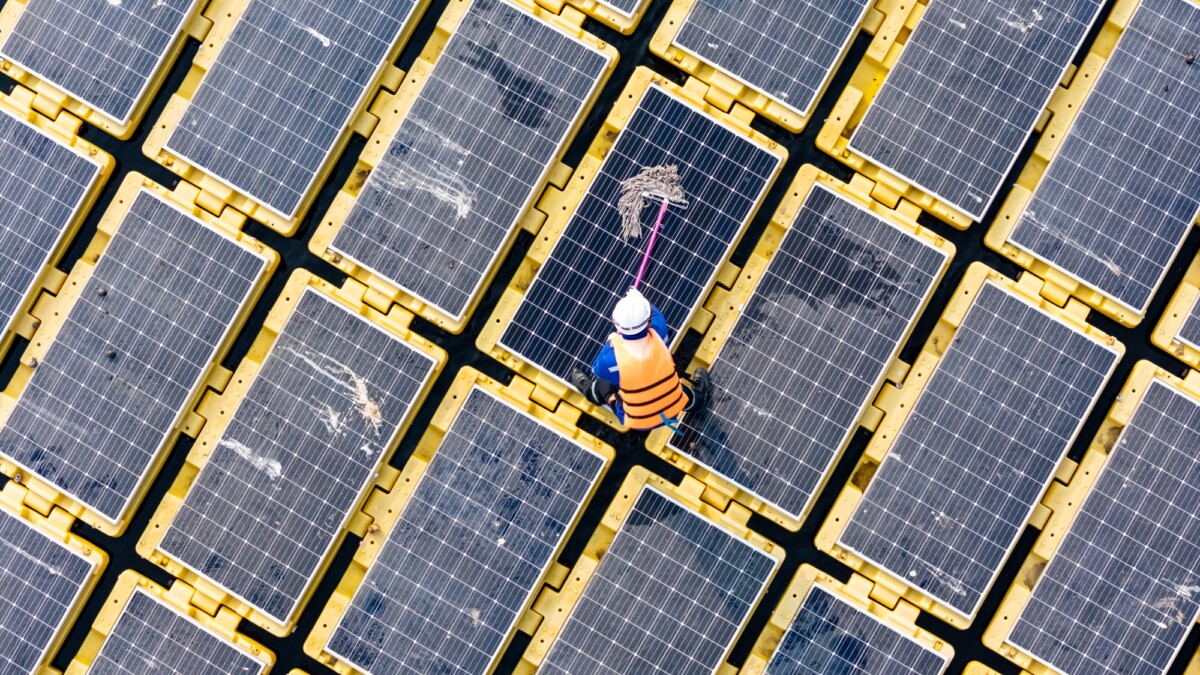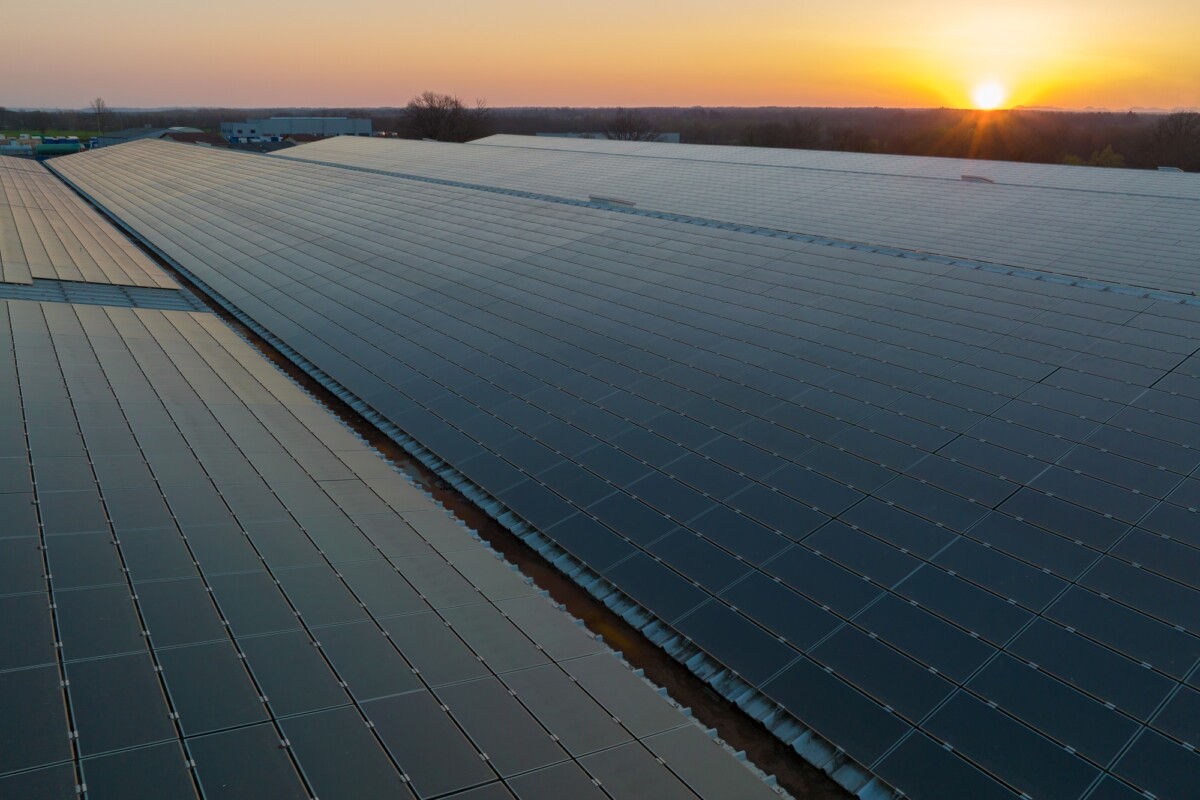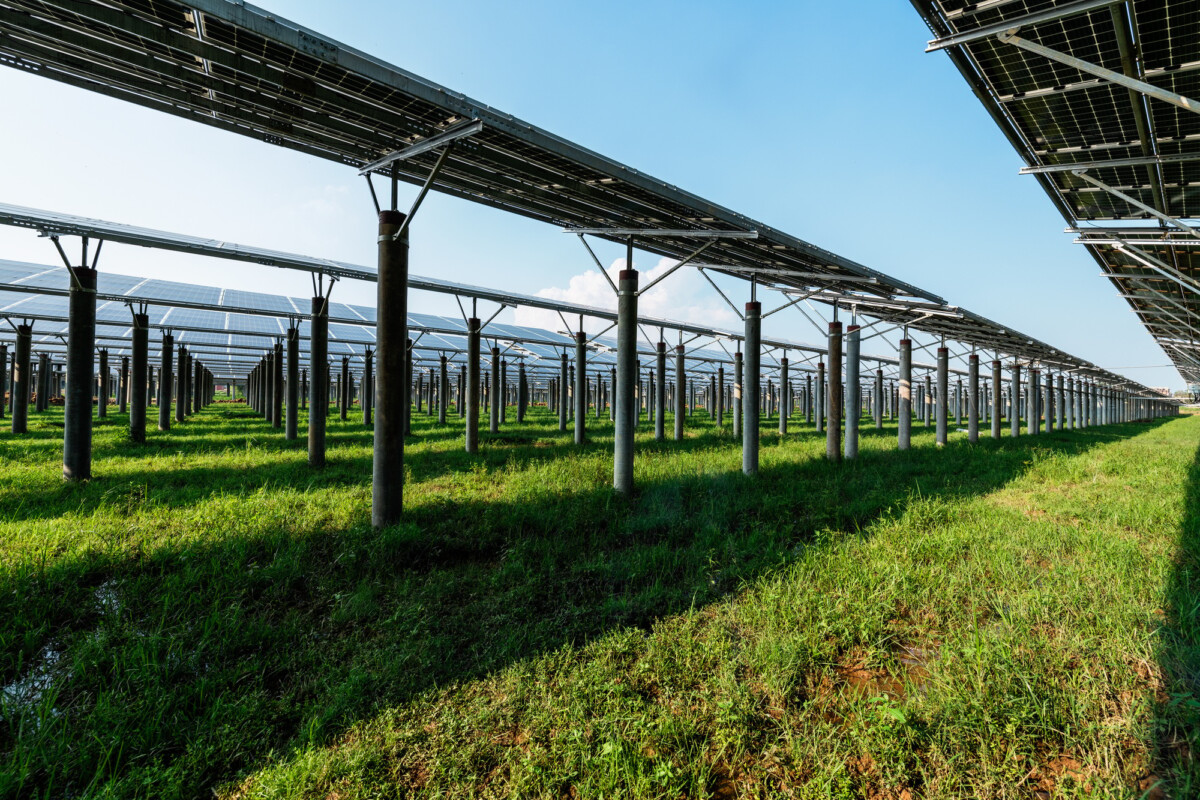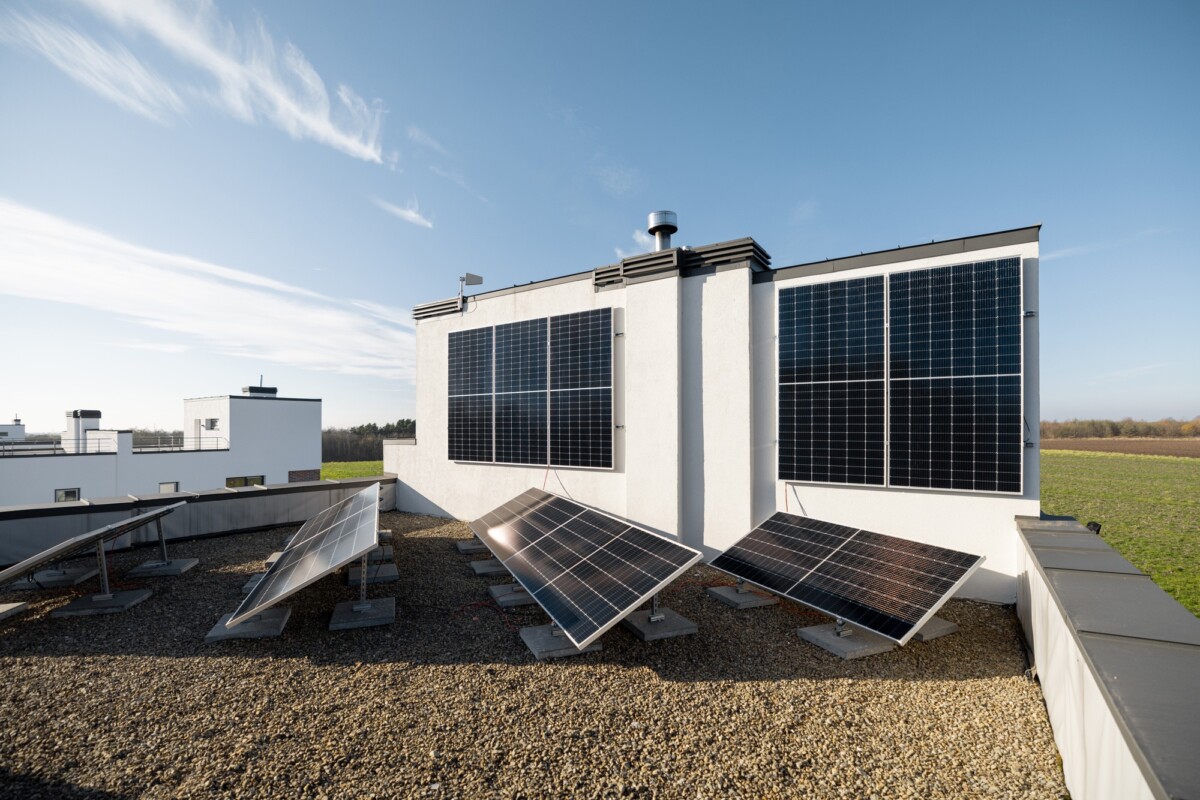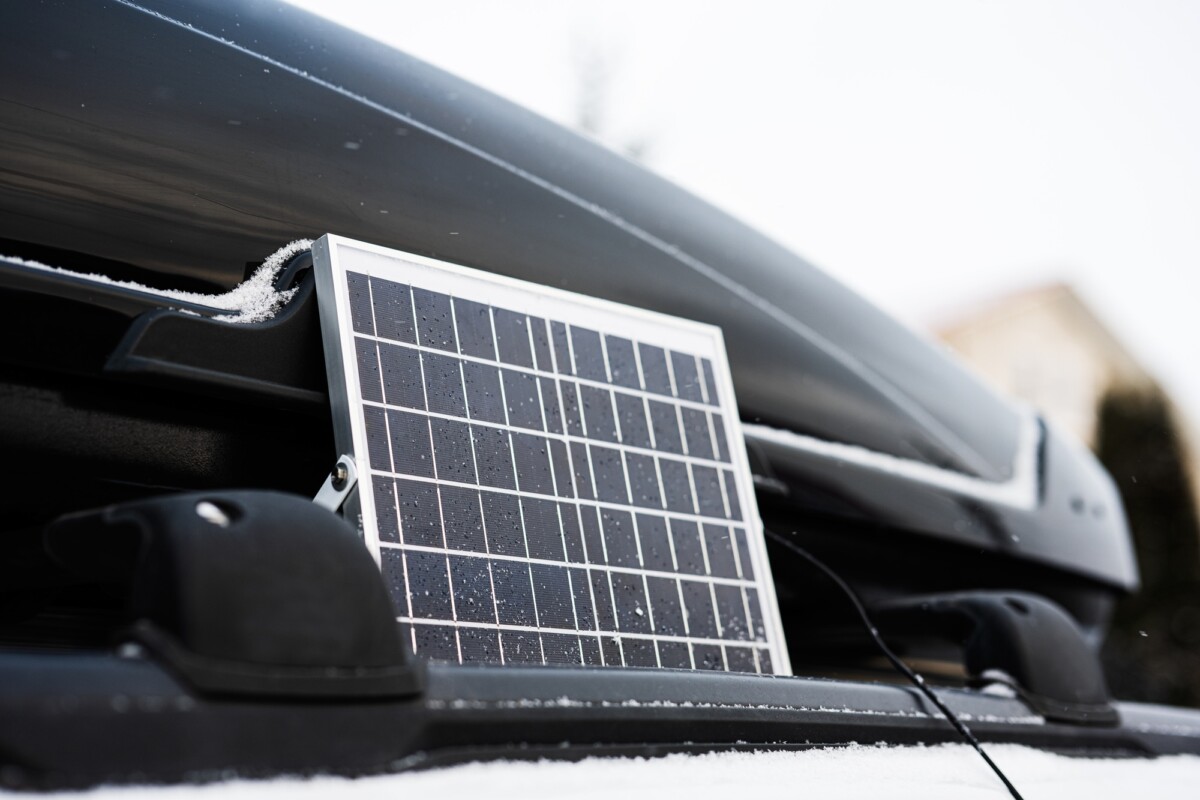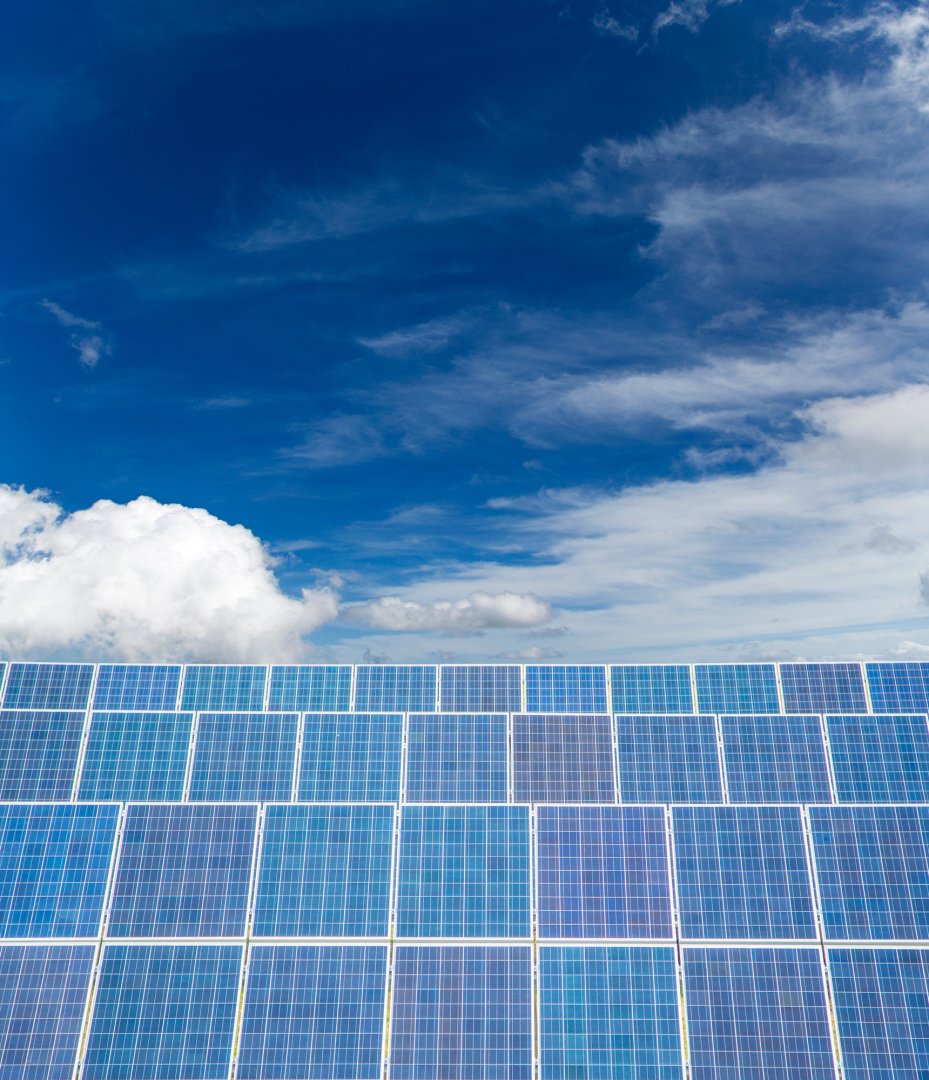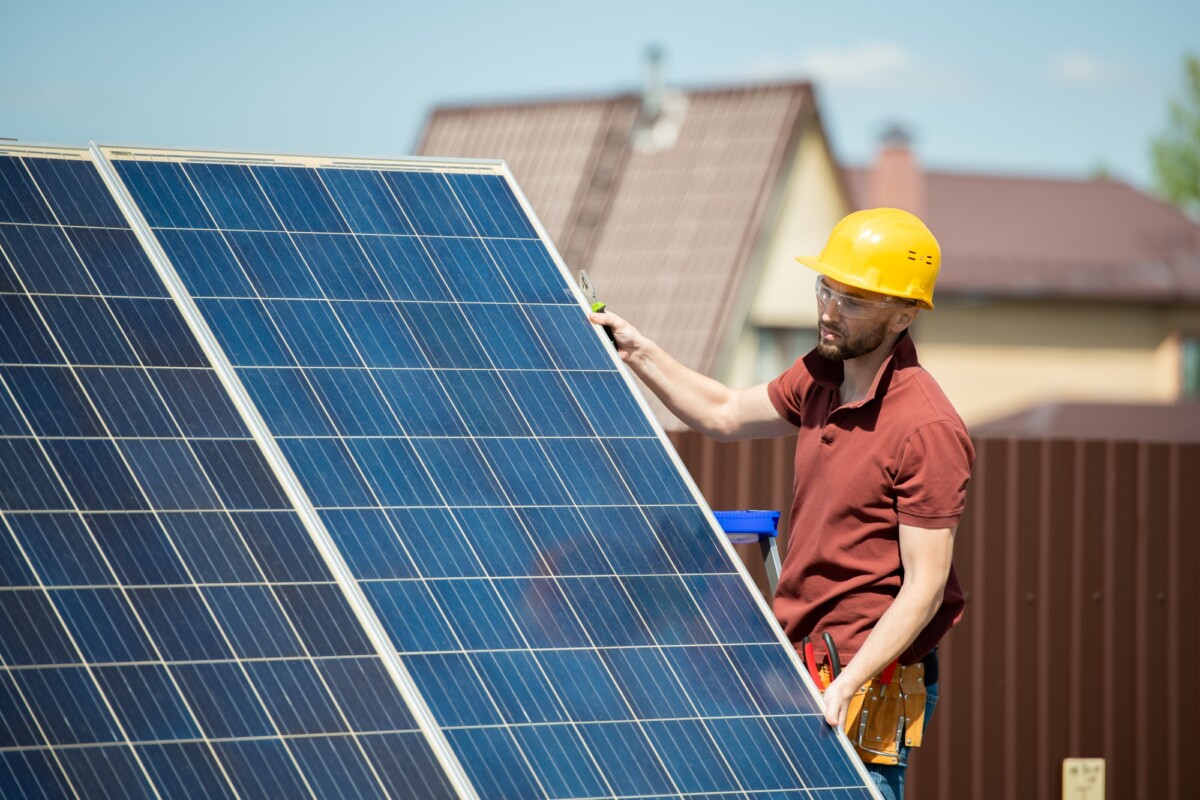Understanding Price Per Watt: The Basics Explained
Attention: Ever wondered how to gauge the true cost of energy solutions? Problem: Navigating the complexities of energy pricing can be daunting, especially when terms like “Price Per Watt” come into play. Promise: Let’s break down this concept to empower your decision-making.
Price Per Watt is a crucial metric in the world of energy, particularly when evaluating solar panels or other renewable energy sources. It represents the cost associated with each watt of power generated, helping consumers compare different energy solutions effectively. Understanding this can lead to smarter investments and greater savings.
Why Price Per Watt Matters
- Cost Comparison: By focusing on Price Per Watt, you can easily compare the financial efficiency of various energy systems.
- Investment Insight: It provides a clear picture of potential savings over time, guiding you towards the most cost-effective choices.
How to Calculate Price Per Watt
- Identify Total Cost: Determine the overall cost of the energy system.
- Assess Power Output: Calculate the total wattage the system can produce.
- Divide and Conquer: Divide the total cost by the total wattage to find the Price Per Watt.
By understanding Price Per Watt, you can make informed decisions that align with your energy needs and financial goals. This metric not only simplifies the comparison process but also enhances your ability to choose the best energy solution for your home or business.
Why Price Per Watt Matters in Solar Energy Investments
Investing in solar energy is a smart move, but understanding the Price Per Watt can make it even smarter. Imagine getting the most out of your solar investment without breaking the bank. The problem is, many investors overlook this crucial metric, leading to less-than-optimal returns. By focusing on the Price Per Watt, you can ensure your investment is both cost-effective and efficient.
Understanding Price Per Watt
Price Per Watt is a key metric that helps you evaluate the cost-effectiveness of solar panels. It represents the cost of generating one watt of solar power. This metric allows you to compare different solar systems and choose the one that offers the best value for your money.
- Cost Efficiency: Lower Price Per Watt means more savings.
- Investment Return: A better Price Per Watt can lead to higher returns.
How to Calculate Price Per Watt
Calculating the Price Per Watt is straightforward. Divide the total cost of the solar system by its total wattage. This simple calculation can guide you in making informed decisions about your solar investments.
- Example: If a solar system costs $10,000 and produces 5,000 watts, the Price Per Watt is $2.
Benefits of Focusing on Price Per Watt
Focusing on Price Per Watt can lead to significant benefits:
- Maximized Savings: Lower costs per watt mean more savings over time.
- Informed Decisions: Helps in choosing the most efficient solar system.
- Better ROI: Ensures a higher return on investment by optimizing cost and efficiency.
How to Calculate Price Per Watt for Your Solar Project
Are you considering a solar project but unsure about the costs involved? Understanding the Price Per Watt is crucial for making informed decisions. This metric helps you evaluate the cost-effectiveness of your solar investment. Let’s explore how to calculate it and why it matters.
Understanding Price Per Watt
The Price Per Watt is a simple yet powerful tool to gauge the value of solar installations. It represents the total cost of the solar system divided by its power output in watts. This calculation helps you compare different solar options and choose the best fit for your budget.
Steps to Calculate Price Per Watt
- Determine Total System Cost: Include all expenses such as panels, inverters, installation, and permits.
- Identify System Output: Check the total wattage capacity of your solar panels.
- Calculate: Divide the total cost by the system output to get the Price Per Watt.
Why Price Per Watt Matters
Understanding the Price Per Watt helps you identify the most cost-effective solar solutions. It allows you to compare various systems and ensures you get the best return on your investment. By focusing on this metric, you can make smarter, more sustainable energy choices.
Price Per Watt vs. Total System Cost: What’s More Important?
When considering solar energy investments, the term Price Per Watt often grabs attention. It’s a straightforward metric that helps compare the cost-effectiveness of different solar panels. However, focusing solely on Price Per Watt can be misleading. The real challenge is understanding how it fits into the bigger picture of total system cost.
Understanding Price Per Watt
Price Per Watt is the cost associated with each watt of solar energy produced. It’s a useful tool for comparing panels, but it doesn’t account for other crucial factors like installation, maintenance, and efficiency. This is where the total system cost comes into play, offering a more comprehensive view.
Total System Cost: The Bigger Picture
While Price Per Watt provides a snapshot, the total system cost includes all expenses from start to finish. This encompasses installation fees, inverter costs, and potential incentives or rebates. Evaluating the total system cost ensures a more accurate assessment of the investment’s value.
- Installation Costs: These can vary significantly based on location and complexity.
- Maintenance and Efficiency: Higher efficiency panels might have a higher Price Per Watt but lower long-term costs.
- Incentives and Rebates: Government incentives can dramatically reduce the total system cost. Ultimately, while Price Per Watt is a helpful metric, it should not be the sole factor in decision-making. By considering the total system cost, you ensure a more informed and financially sound investment in solar energy.
Factors Influencing Price Per Watt in Renewable Energy
In the world of renewable energy, understanding the Price Per Watt is crucial. It captures attention because it directly impacts the cost-effectiveness of solar and wind installations. The problem is that many factors can cause fluctuations, making it challenging to predict costs. However, by understanding these factors, you can make informed decisions and optimize your investment.
1. Technology Advancements
Technological innovations play a significant role in determining the Price Per Watt. As solar panels and wind turbines become more efficient, the cost per watt decreases. This means that newer technologies can generate more energy at a lower cost, making renewable energy more accessible.
2. Scale of Production
The scale at which renewable energy systems are produced also affects the Price Per Watt. Larger production scales often lead to economies of scale, reducing costs. This is why large solar farms or wind parks can offer more competitive pricing compared to smaller installations.
3. Geographic Location
Geographic factors significantly influence the Price Per Watt. Areas with higher solar irradiance or consistent wind patterns can produce energy more efficiently, lowering costs. Conversely, regions with less favorable conditions might see higher prices due to lower energy output.
4. Government Policies and Incentives
Government policies and incentives can either increase or decrease the Price Per Watt. Subsidies, tax credits, and other incentives can lower costs, making renewable energy more attractive. On the other hand, tariffs or regulatory hurdles can increase costs, affecting the overall price.
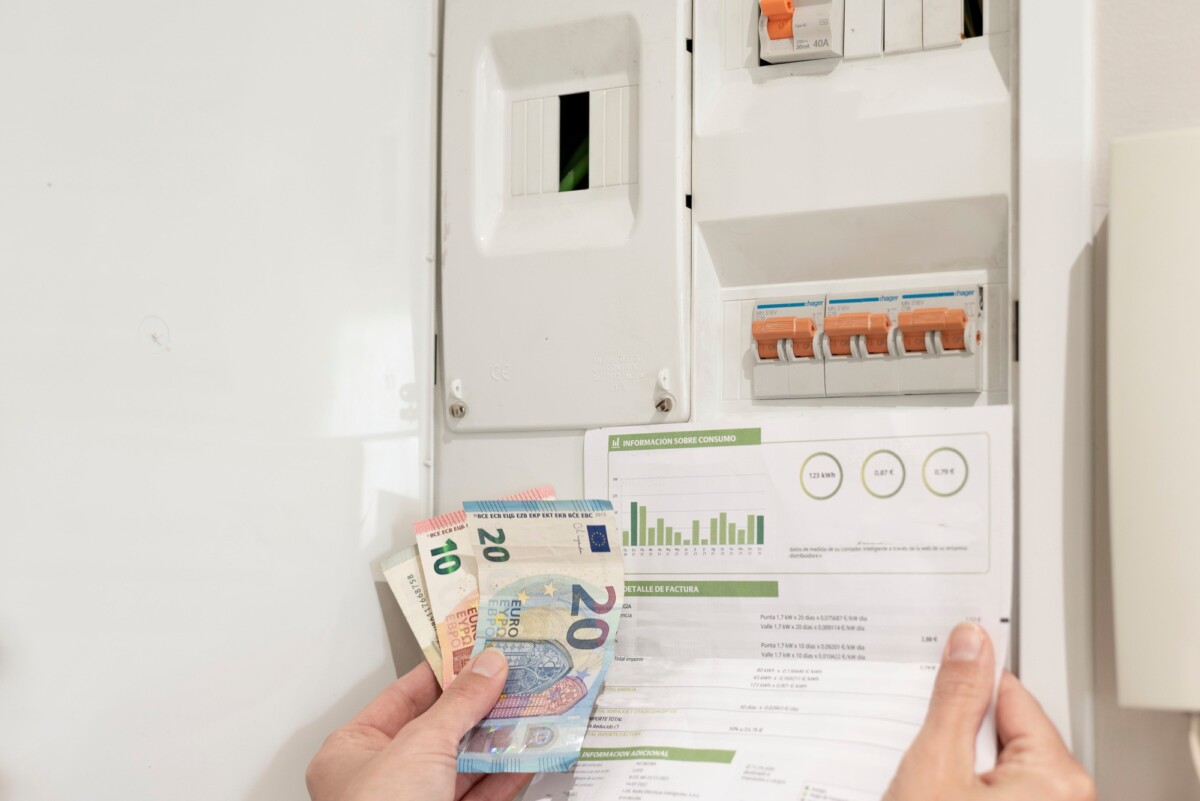
Ready to make the switch? Discover how solar power can lower your bills and boost your home’s efficiency. Get a Free Solar Estimate at FREE SOLAR POWER QUOTES
Is Lower Price Per Watt Always Better? Pros and Cons
When it comes to solar energy, the term Price Per Watt often grabs attention. It’s a straightforward metric that helps consumers compare the cost-effectiveness of different solar panels. But is a lower Price Per Watt always the best choice? Let’s explore the pros and cons.
Pros of Lower Price Per Watt
- Cost Savings: A lower Price Per Watt can lead to significant savings on the initial investment, making solar energy more accessible.
- Faster ROI: With reduced upfront costs, the return on investment can be quicker, allowing homeowners to enjoy the financial benefits sooner.
Cons of Lower Price Per Watt
- Quality Concerns: Sometimes, a lower Price Per Watt might indicate compromised quality, affecting the panel’s efficiency and lifespan.
- Hidden Costs: Cheaper panels might incur additional costs in maintenance or require more frequent replacements, negating initial savings.
In conclusion, while a lower Price Per Watt can be appealing, it’s essential to weigh the pros and cons carefully. Consider factors like quality, efficiency, and long-term savings to make an informed decision.
How FreeSolarQuotes Can Help You Optimize Your Price Per Watt
In today’s energy-conscious world, understanding and optimizing your Price Per Watt is crucial. Many businesses struggle with high energy costs, impacting their bottom line. At FreeSolarQuotes, we promise to help you navigate these challenges, ensuring you get the most value for every watt consumed.
Understanding Price Per Watt
- Definition: Price Per Watt is the cost associated with each watt of energy consumed. It’s a critical metric for evaluating energy efficiency.
- Importance: Lowering your Price Per Watt can lead to significant savings and improved sustainability.
Strategies for Optimization
- Energy Audits: Conducting regular energy audits can identify inefficiencies.
- Technology Upgrades: Investing in energy-efficient technology reduces consumption.
- Behavioral Changes: Encouraging energy-saving habits among employees can lower costs.
Benefits of Optimizing Price Per Watt
- Cost Savings: Reduced energy bills lead to increased profitability.
- Environmental Impact: Lower energy consumption means a smaller carbon footprint.
- Competitive Advantage: Efficient energy use can set your business apart.
FreeSolarQuotes is committed to helping you achieve these benefits. Our expertise in energy management ensures you optimize your Price Per Watt effectively, leading to a more sustainable and profitable future.
Comparing Price Per Watt Across Different Energy Sources
In today’s energy-conscious world, understanding the Price Per Watt is crucial for making informed decisions. With rising energy costs, many are left wondering which energy source offers the best value. The promise of this section is to demystify these costs, helping you choose the most cost-effective energy source for your needs.
Understanding Price Per Watt
- Definition: Price Per Watt refers to the cost associated with generating one watt of power. It’s a critical metric for comparing different energy sources.
- Importance: Knowing the Price Per Watt helps consumers and businesses evaluate the economic feasibility of various energy options.
Comparing Energy Sources
- Solar Power: Generally offers a lower Price Per Watt due to decreasing costs of solar panels and increased efficiency.
- Wind Energy: Competitive with solar, but costs can vary based on location and infrastructure.
- Fossil Fuels: Often higher due to extraction, transportation, and environmental costs.
Factors Influencing Price Per Watt
- Location: Geographic location can significantly impact the Price Per Watt, especially for solar and wind energy.
- Technology: Advances in technology can reduce costs, making renewable sources more competitive.
- Government Policies: Incentives and subsidies can lower the effective Price Per Watt for renewables.
By understanding these factors, you can make more informed decisions about your energy consumption, ensuring you get the best value for your investment.
Future Trends: How Price Per Watt is Shaping the Energy Market
In the ever-evolving energy landscape, the concept of Price Per Watt is capturing attention. As the world shifts towards sustainable energy solutions, understanding this metric becomes crucial. The problem lies in fluctuating energy costs and the promise of more affordable, efficient energy solutions. Let’s explore how Price Per Watt is influencing the energy market’s future.
The Role of Price Per Watt in Renewable Energy
Price Per Watt is a key factor in determining the affordability of renewable energy sources like solar and wind. As technology advances, the cost of producing energy per watt is decreasing, making renewables more accessible. This trend is pivotal in encouraging both consumers and businesses to transition to greener energy options.
Innovations Driving Down Costs
- Technological Advancements: Innovations in solar panel efficiency and battery storage are reducing costs.
- Economies of Scale: As production increases, the Price Per Watt continues to drop, benefiting consumers.
Impact on Global Energy Policies
Governments worldwide are recognizing the importance of Price Per Watt in shaping energy policies. By incentivizing lower costs, they aim to accelerate the adoption of renewable energy, thus reducing carbon footprints and fostering sustainable development. This shift is crucial for meeting global climate goals.
Join the solar movement today! Thousands are already saving—claim your free consultation to get started. Schedule Your Free Consultation at FREE SOLAR POWER QUOTES
Interested in more options? Take a look at SOLAR ENERGY for tailored solar solutions that suit your home!

